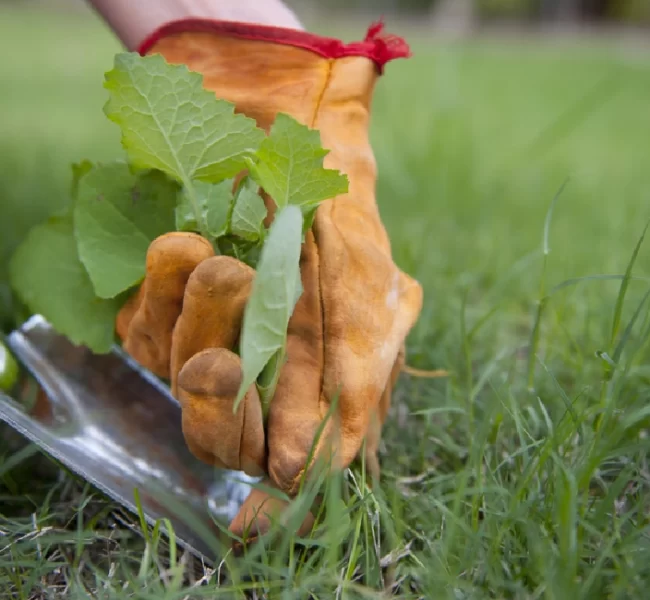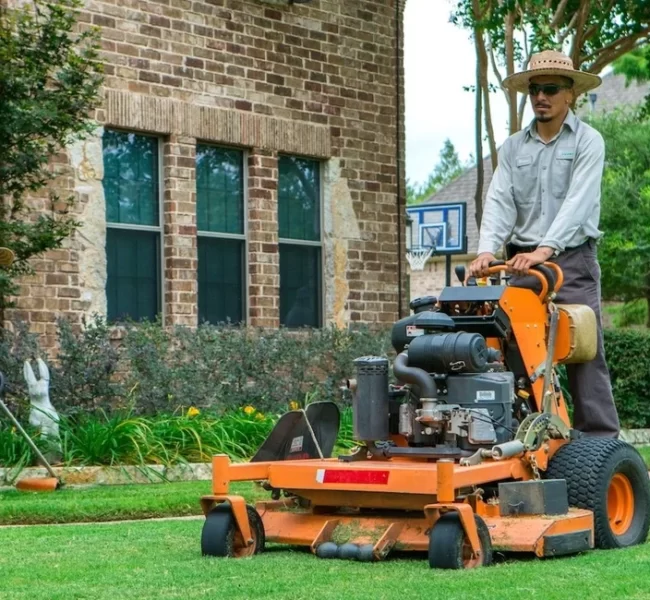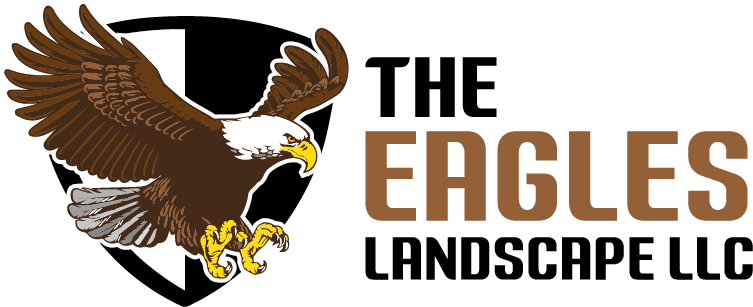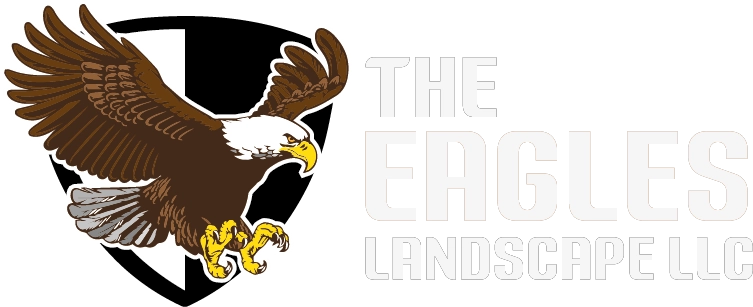Lawn & Maintenance
Lawn maintenance refers to the care and upkeep of a lawn or grassy area. It involves a range of activities aimed at keeping the lawn healthy, attractive, and well-manicured. Here are some key aspects of lawn maintenance:

-
Mowing: Regular mowing is essential for maintaining an even and neat appearance of the lawn. The frequency of mowing depends on the type of grass and its growth rate. Proper mowing height is important to prevent stress on the grass and promote healthy growth.
-
Watering: Adequate watering is crucial for the health of the lawn. It is important to water deeply and infrequently rather than shallowly and frequently. This encourages deep root growth and drought tolerance. Watering early in the morning or late in the evening is recommended to minimize water loss due to evaporation.
-
Fertilization: Applying fertilizer provides essential nutrients to the grass, promoting healthy growth and greener foliage. The type and timing of fertilization depend on the grass species and the specific needs of the lawn. It is important to follow proper fertilization practices to avoid over-application, which can harm the grass and the environment.
-
Weed Control: Weeds can compete with grass for nutrients and space, affecting the appearance and health of the lawn. Regular weed control measures such as hand pulling, herbicide application, or preventive treatments can help minimize weed growth and maintain a weed-free lawn.
-
Aeration: Lawn aeration involves creating small holes in the soil to allow better air, water, and nutrient penetration to the grass roots. This helps relieve soil compaction and promotes healthy root growth. Aeration is typically done using specialized equipment like aerators.
-
Overseeding: Overseeding involves spreading grass seed over an existing lawn to fill in bare patches and improve overall density. It helps rejuvenate the lawn, improve its appearance, and enhance its ability to withstand stress and recover from damage.
-
Pest and Disease Management: Monitoring and addressing pest infestations and diseases are crucial to maintaining a healthy lawn. This may involve identifying and treating common lawn pests, such as grubs or insects, and managing diseases like fungus or molds through appropriate fungicide applications.
-
Regular Maintenance: Regular maintenance tasks, such as raking leaves, removing debris, edging the lawn, and trimming or pruning surrounding plants, contribute to the overall cleanliness and appearance of the lawn.


In summary:
By following proper lawn maintenance practices, you can achieve a vibrant, lush, and healthy lawn that enhances the beauty and value of your property. Consulting with a professional landscaper or lawn care service can provide guidance and expertise for optimal lawn maintenance.




